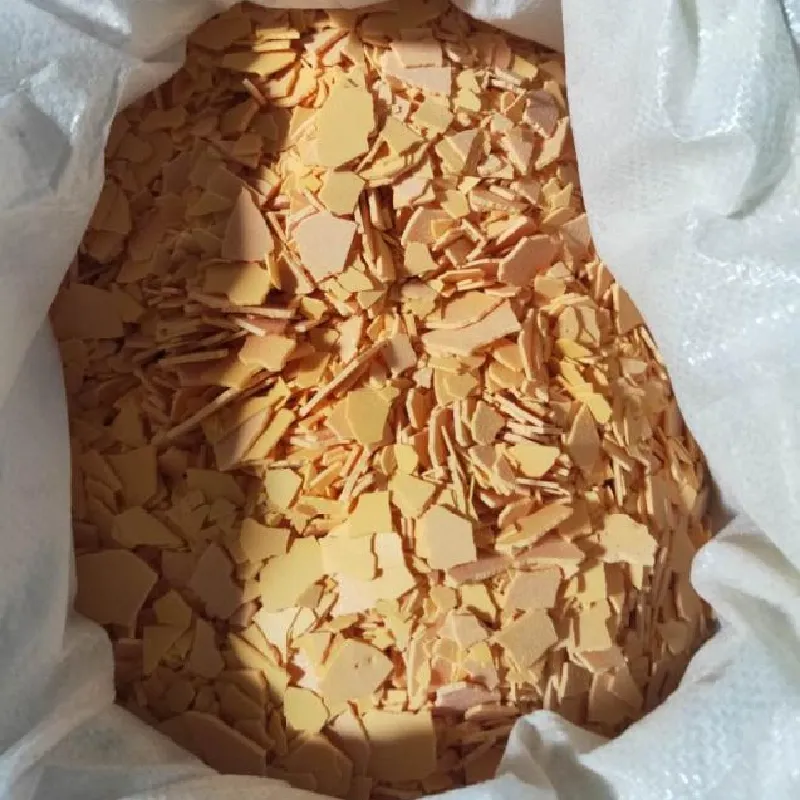
thickening agent for food
Thickening Agents for Food A Comprehensive Guide
Thickening agents play a crucial role in the culinary world, enhancing the texture, mouthfeel, and visual appeal of various dishes. They are substances that increase the viscosity of a liquid without substantially altering its other properties. From sauces to soups and desserts, thickening agents are essential in many recipes, helping achieve the desired consistency and richness. In this article, we will explore various types of thickening agents commonly used in food preparation, their functions, and how to use them effectively.
Types of Thickening Agents
1. Starches One of the most popular thickening agents, starches such as cornstarch, arrowroot, and tapioca are widely used in both culinary and baking applications. When heated in a liquid, starch granules swell and burst, releasing amylose and amylopectin, which create a thickened consistency. Cornstarch, for instance, is often mixed with cold water to create a slurry before being added to sauces to prevent clumping.
2. Flours All-purpose flour is another common thickener, particularly in making gravies and roux. A roux is a mixture of equal parts flour and fat, cooked together to achieve a specific flavor and color. As the roux is incorporated into liquids, it thickens the dish while adding a rich depth of flavor.
3. Gums Various plant-derived gums like xanthan gum, guar gum, and locust bean gum serve as thickening agents, particularly in gluten-free cooking. Xanthan gum, for example, is highly effective in small quantities, providing a smooth texture without the grittiness that some starches can impart. These gums are particularly useful in dressings, sauces, and baked goods, aiding in emulsification and stabilization.
4. Pectin A natural thickener found in fruits, pectin is widely used in the preparation of jellies, jams, and fruit preserves. It helps in gelling and thickening when combined with sugar and acid, making it an essential ingredient for anyone seeking to create homemade spreads.
thickening agent for food

5. Gelatin and Agar-Agar Gelatin, derived from animal collagen, acts as a thickener and stabilizer in desserts like panna cotta and mousses. For those seeking plant-based options, agar-agar, derived from seaweed, provides a similar thickening effect without using animal products. Both gelatin and agar-agar require careful handling; for instance, gelatin must be bloomed in cold water before being heated, while agar-agar needs boiling to dissolve fully.
Usage Tips
When using thickening agents, it is important to consider the desired outcome. Different agents respond to heat and acid differently, which can affect the final dish’s texture. It is also crucial to incorporate thickening agents properly to avoid lumps. For example, when adding cornstarch, creating a slurry with cold water is essential before adding it to hot liquids. This ensures an even distribution without clumping.
Careful measurement is also key. Using too much thickener can lead to undesirable textures, while using too little may result in underwhelming viscosity. For trial and error, start with small amounts and adjust as needed.
Conclusion
Thickening agents are vital tools in any cook's arsenal, enhancing the quality and appeal of a wide range of dishes. Understanding the different types of thickening agents, their properties, and best practices for use can elevate your culinary creations. Whether it’s achieving a silky sauce, a rich soup, or a perfectly set dessert, mastering the use of thickening agents will undoubtedly enhance your cooking experience.
-
Pure Sodium Dichloroisocyanurate Dihydrate | Powerful DisinfectantNewsAug.29,2025
-
Industrial Chemicals: Quality & Purity for Every IndustryNewsAug.28,2025
-
Nitrile Rubber Honoring Strict Production StandardsNewsAug.22,2025
-
Aspartame Ingredients Honoring Food Safety ValuesNewsAug.22,2025
-
Fertilizer for Balanced Plant NutritionNewsAug.22,2025
-
Cyanide Gold Processing with High Purity AdditivesNewsAug.22,2025
-
Formic Acid in Textile Dyeing ApplicationsNewsAug.22,2025
Hebei Tenger Chemical Technology Co., Ltd. focuses on the chemical industry and is committed to the export service of chemical raw materials.
-

view more DiethanolisopropanolamineIn the ever-growing field of chemical solutions, diethanolisopropanolamine (DEIPA) stands out as a versatile and important compound. Due to its unique chemical structure and properties, DEIPA is of interest to various industries including construction, personal care, and agriculture. -

view more TriisopropanolamineTriisopropanolamine (TIPA) alkanol amine substance, is a kind of alcohol amine compound with amino and alcohol hydroxyl, and because of its molecules contains both amino and hydroxyl. -

view more Tetramethyl Thiuram DisulfideTetramethyl thiuram disulfide, also known as TMTD, is a white to light-yellow powder with a distinct sulfur-like odor. It is soluble in organic solvents such as benzene, acetone, and ethyl acetate, making it highly versatile for use in different formulations. TMTD is known for its excellent vulcanization acceleration properties, which makes it a key ingredient in the production of rubber products. Additionally, it acts as an effective fungicide and bactericide, making it valuable in agricultural applications. Its high purity and stability ensure consistent performance, making it a preferred choice for manufacturers across various industries.





